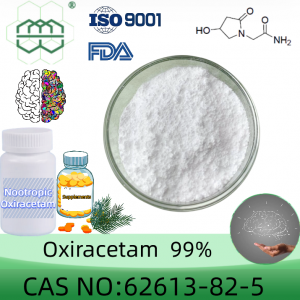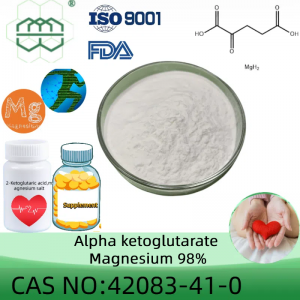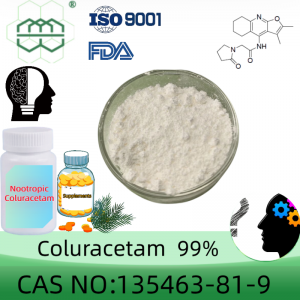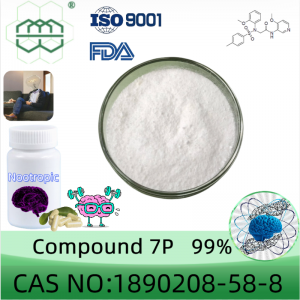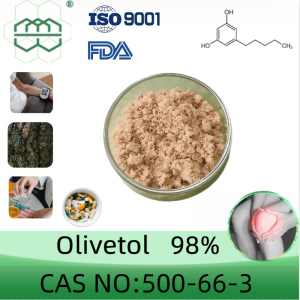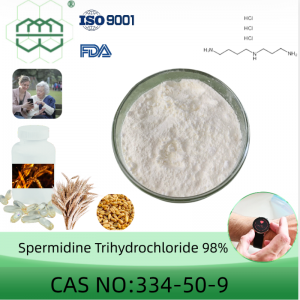Calcium 2-Aminoethyl Phosphate (Calcium 2AEP) manufacturer CAS No.: 10389-08-9 95% purity min. for supplement ingredients
Product Parameters
|
Product name |
Calcium 2-Aminoethyl Phosphate |
|
Other name |
calcium,2aminoethylphosphate; PhosphoethanolamineCalcium;Calcium2-aminoethylphosphate,(Ca-AEPorCa-2AEP), Calcium2-aminoethylphosphoricacid (Ca-AEPorCa2AEP),calciumethylamino-phosphate(calciumEAP),calciumcolaminephosphate, calcium2-aminoe;Calcium2-AminoethylPhosphate(Calcium2AEP) |
|
CAS No. |
10389-08-9 |
|
Molecular formula |
C2H10CaNO4P |
|
Molecular weight |
183.16 |
|
Purity |
95.0% |
|
Appearance |
powder |
|
Application |
Dietary Supplement Raw Material |
Product introduction
Calcium 2-Aminoethyl Phosphate(Ca-AEP or Ca-2AEP) is a compound discovered by the biochemist Erwin Chargaff in 1941. It is the calcium salt of phosphoryl ethanolamine. It was patented by Hans Alfred Nieper and Franz Kohler.
Calcium 2-amino ethyl phosphoric acid (Ca-AEP or Ca-2AEP) is also called calcium ethyl amino-phosphate (calcium EAP), calcium colamine phosphate, calcium 2-aminoethyl ester of phosphoric acid, and calcium 2-amino ethanol phosphate
2-AEP plays a role as a component in the cell membrane and at the same time has the property to form complexes with minerals. This mineral transporter goes into the outer layer of the outer cell membrane where it releases its associated mineral and is itself metabolized with the structure of the cell membrane.
Ca-AEP was discovered by Erwin Chargaff in 1953.
According to the U.S. National Multiple Sclerosis Society Calcium EAP is often promoted as a cure or therapy for Multiple Sclerosis and many other diseases. However, it states that it is not recommended by its medical advisory board, and also notes that the Food and Drug Administration has classified it as unsafe and unapproved for use.
Calcium 2-AEP is manufactured by numerous nutraceutical companies and is sold online and in health food stores.
Feature
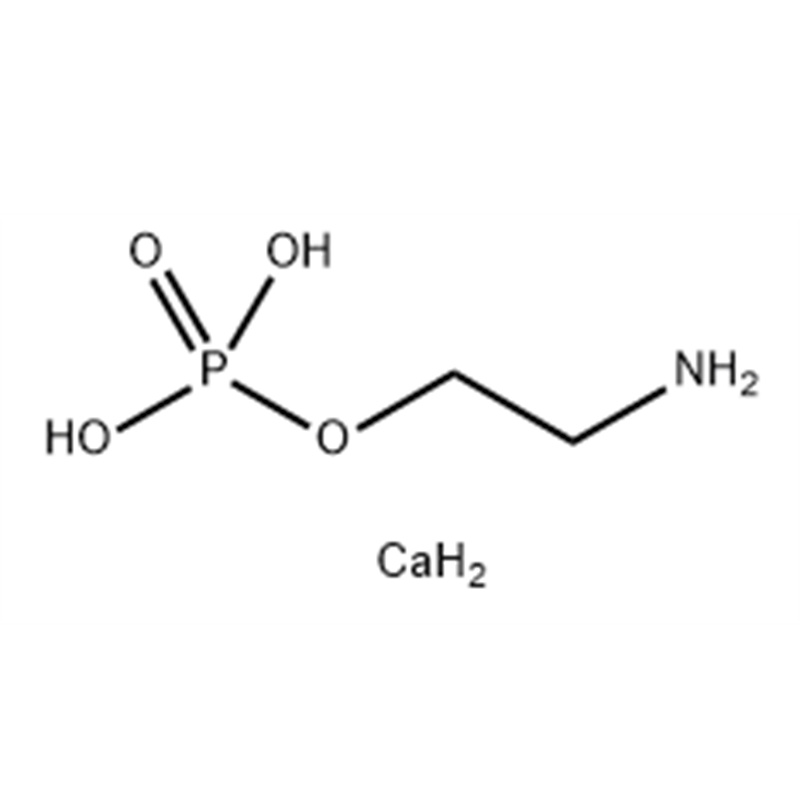
(1) High purity: Calcium 2-Aminoethyl Phosphate can be prepared with high purity through careful extraction and manufacturing processes. This high purity ensures better bioavailability and reduces the likelihood of adverse reactions.
(2) Safety: Calcium 2-Aminoethyl Phosphate is a natural compound and has been demonstrated to be safe for human use. It falls within a safe dosage range and does not exhibit toxicity or significant side effects.
(3) Stability: Calcium 2-Aminoethyl Phosphate preparation exhibits excellent stability, allowing it to retain its activity and effectiveness under various environmental and storage conditions.
(4) Enhanced absorption: Calcium 2-Aminoethyl Phosphate is readily absorbed by the human body. It efficiently enters the bloodstream through the intestinal tract and distributes to different tissues and organs, facilitating its desired effects.
Applications
The application of Calcium 2-Aminoethyl Phosphate (Ca-AEP) is currently in a research and exploratory stage, with promising prospects in various fields. One area of interest is its potential in immune modulation. Ca-AEP has shown the ability to regulate immune responses and enhance immune function in preclinical studies. This makes it a promising candidate for the treatment of immune-related disorders and autoimmune diseases.
Additionally, Ca-AEP has attracted attention for its potential role in neurological disorders. Studies have indicated that Ca-AEP may have neuroprotective properties and can support neuronal health. It has been investigated for its potential in conditions such as multiple sclerosis, Alzheimer's disease, and Parkinson's disease. The ability of Ca-AEP to interact with cell membranes and form complexes with minerals further contributes to its potential neurological benefits.
While Ca-AEP is not yet widely used in clinical practice, its unique properties and potential therapeutic applications have sparked interest among researchers and healthcare professionals. Further research and clinical studies are needed to fully understand its mechanisms of action, optimal dosages, and potential side effects. With continued research and development, Ca-AEP holds promise as a valuable therapeutic agent in the future.









